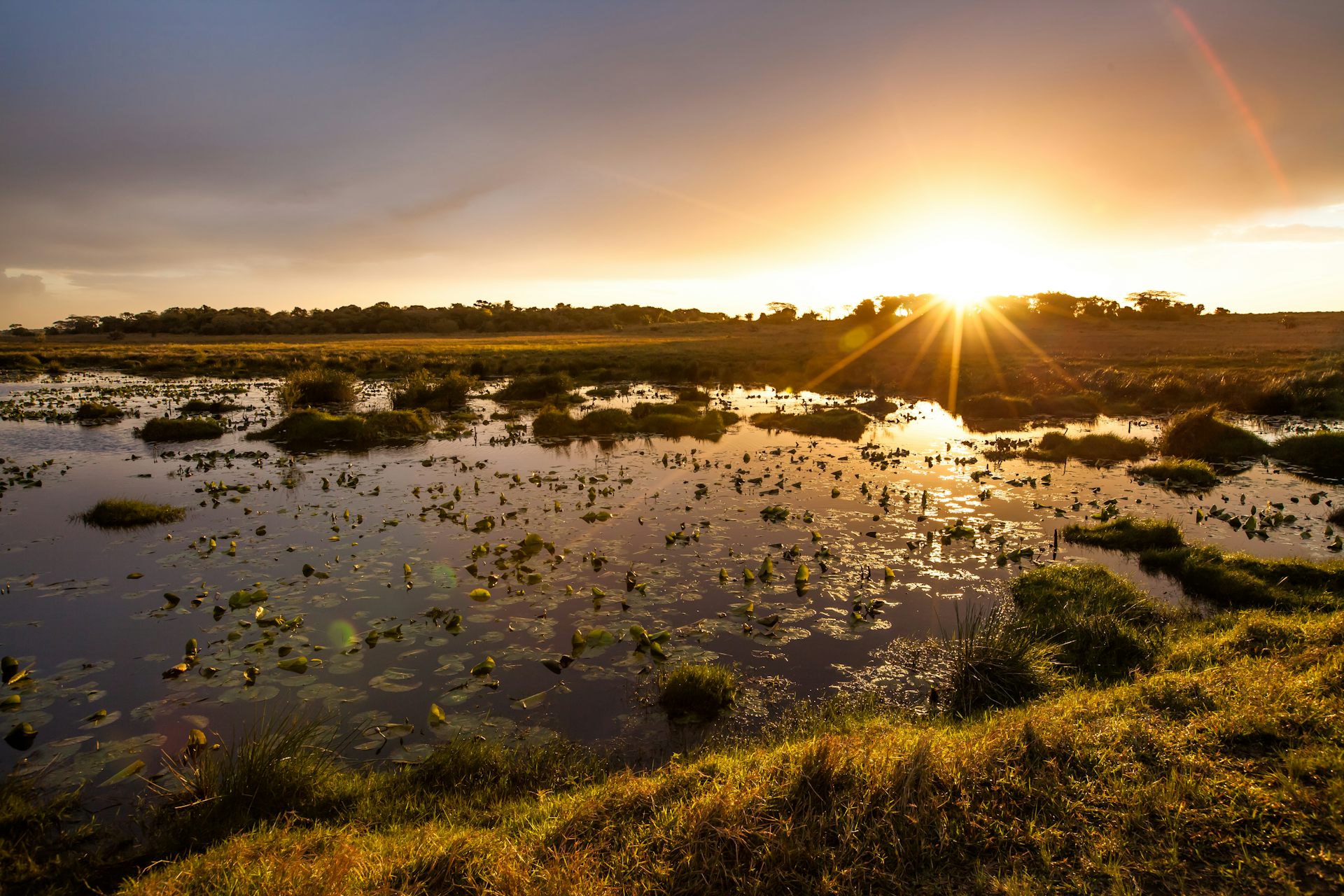
New York City processes about 1 billion gallons of water every day. To do so, it doesn’t rely on water filtration plants alone. It also depends on the natural filtration capacity of the upstream Catskill Catchment.
The catchment’s soils and wetlands act like carbon filters and kidneys. They purify water, providing a sustainable supply of clean water to the city’s residents.
This happens because water managers in New York realised that water quality and security wasn’t purely dependant on built infrastructure. Valuable ecological infrastructure like ecosystems are crucial too.
Years ago they set about ensuring protection of this ecological infrastructure in the Catskill Catchment, through sustainable management, planning and land acquisition.
Most importantly, the city partnered with landowners. Landowners received financial assistance to adopt more sustainable land-use practises and to place portions of their land into conservation easements.
As a result, New York was able to fend off the need to spend significant capital (US$ 6 billion dollars) on a new water treatment plant by investing upfront in nature.
This approach is known as Payments for Ecosystem Services. These are market-based incentives offered to landowners in exchange for sustainably managing their land and providing ecosystem services to downstream beneficiaries, such as landowners, cities and businesses.
In addition to its water-related benefits, this investment into ecological infrastructure also reduces risks to disasters such as floods and fires, and has biodiversity benefits. In South Africa, there is at least one possible type of ecological infrastructure that a market-based incentive could be applied to: wetlands.
Wetlands as ecological infrastructure
Wetlands are often referred to as the Earth’s kidneys. That’s because they provide the same vital functions as these organs. This includes water purification and water flow regulation.
Despite their value, wetlands are being destroyed by human threats and invasive species. The National Biodiversity Assessment 2011 found that over 65% of South Africa’s wetlands and river systems have been damaged and half have been lost.
In light of the rapidly disappearing wetlands, we took a closer look at the ecosystem services provided by one threatened wetland type: South African Palmiet wetlands. Our research found that there is a strong case to strategically set aside Palmiet wetlands for the ecosystem services that they provide.
Palmiet wetlands are typically unchannelled peatlands. They occur in the bottom of valleys, dominated by the unique and endemic plant species, Palmiet (Prionium serratum). They’re found mostly throughout the southern Cape and southern KwaZulu-Natal.
Palmiet wetlands occur mainly on privately-owned land, where landowners are incentivised to enhance food production. Some of this land falls within South Africa’s Strategic Water Source Areas, which make up only 8% of the country’s area, but accounts for half of its water supply.
The rich soils associated with Palmiet peat-beds are favourable for agriculture. But many of the valley-bottom areas associated with these wetlands are not suitable for agriculture, as they’re relatively narrow and face high risks of frequent flooding. This risk is likely to be exacerbated by anthropogenic climate change.
The flip side is that wetlands transformed for agriculture are often degraded by extensive erosion. This results in lower water tables (less water available in the soil to plants) – and that translates to decreased agricultural productivity.
Furthermore, the perception of wetlands as “wastelands” has resulted in Palmiet being mechanically removed, which is widely believed to “improve river flow”. In reality, wetland degradation is neither beneficial to landowners nor to downstream beneficiaries.
Water or food?
Ecosystem services are a valuable tool to objectively analyse the trade-offs to society presented by different land-use scenarios.
We compared ecosystem services between wetlands used for agriculture and pristine Palmiet wetlands. Wetlands included the Theewaterskloof and Goukou wetlands in the Western Cape, and the Kromme wetland in the Eastern Cape.
We found that pristine Palmiet wetlands provide a far greater suite of water-related ecosystem services to downstream beneficiaries, and that agriculture in these wetlands is marginal. Previous research in the Kromme valley has shown that only about 50% of the landowners are able to make ends meet by farming alone.
Some landowners only derive profit by protecting their crops in the wetlands from floods, by performing illegal mass-reconstruction of the valley-bottom. They channelise and dredge wetlands and build berms. These unsustainable farming practises have major implications for water quality and security for downstream beneficiaries.
Farming water
Two of the Palmiet wetlands studied occur upstream of important water sources for large cities – Churchill Dam for Port Elizabeth; Theewaterskloof Dam for Stellenbosch and Cape Town. Protecting the Palmiet wetlands through a payments for ecosystem services system would be a beneficial strategic move.
There needs to be collaboration between private landowners struggling with marginal agriculture and decision makers in cities threatened by water shortages, failing infrastructure and debt, to ensure the most effective use of South Africa’s critical ecological infrastructure.
Courtney Morris, MSc in Conservation Ecology & Entomology at Stellenbosch University, co-authored this article.![]()
Alanna Rebelo, Postdoctoral researcher, Stellenbosch University
This article is republished from The Conversation under a Creative Commons license.

